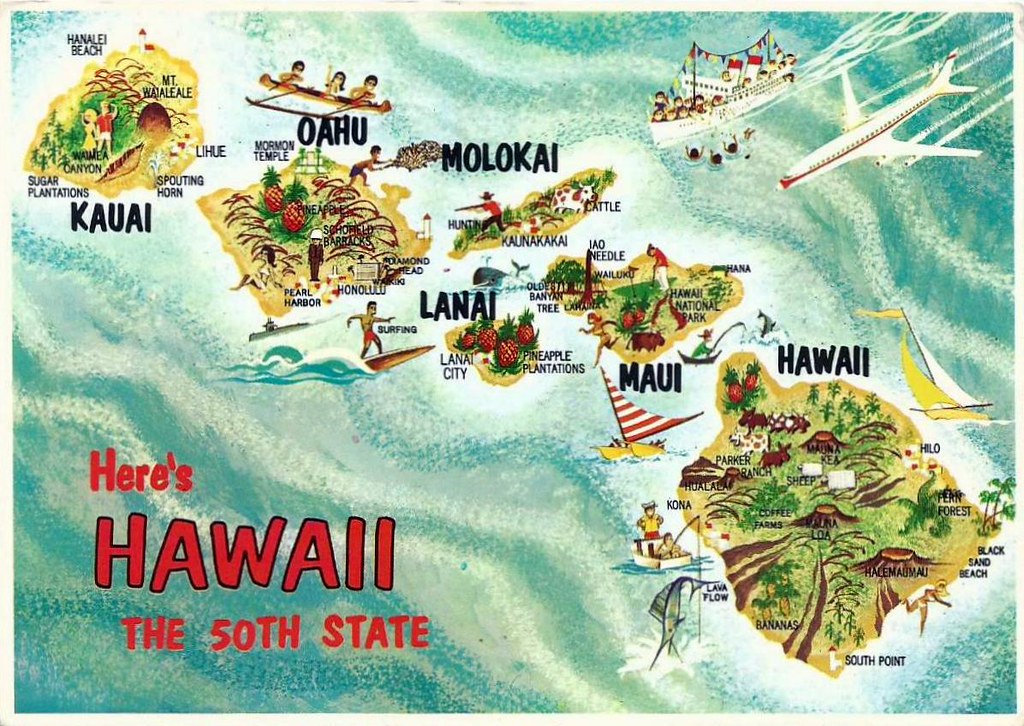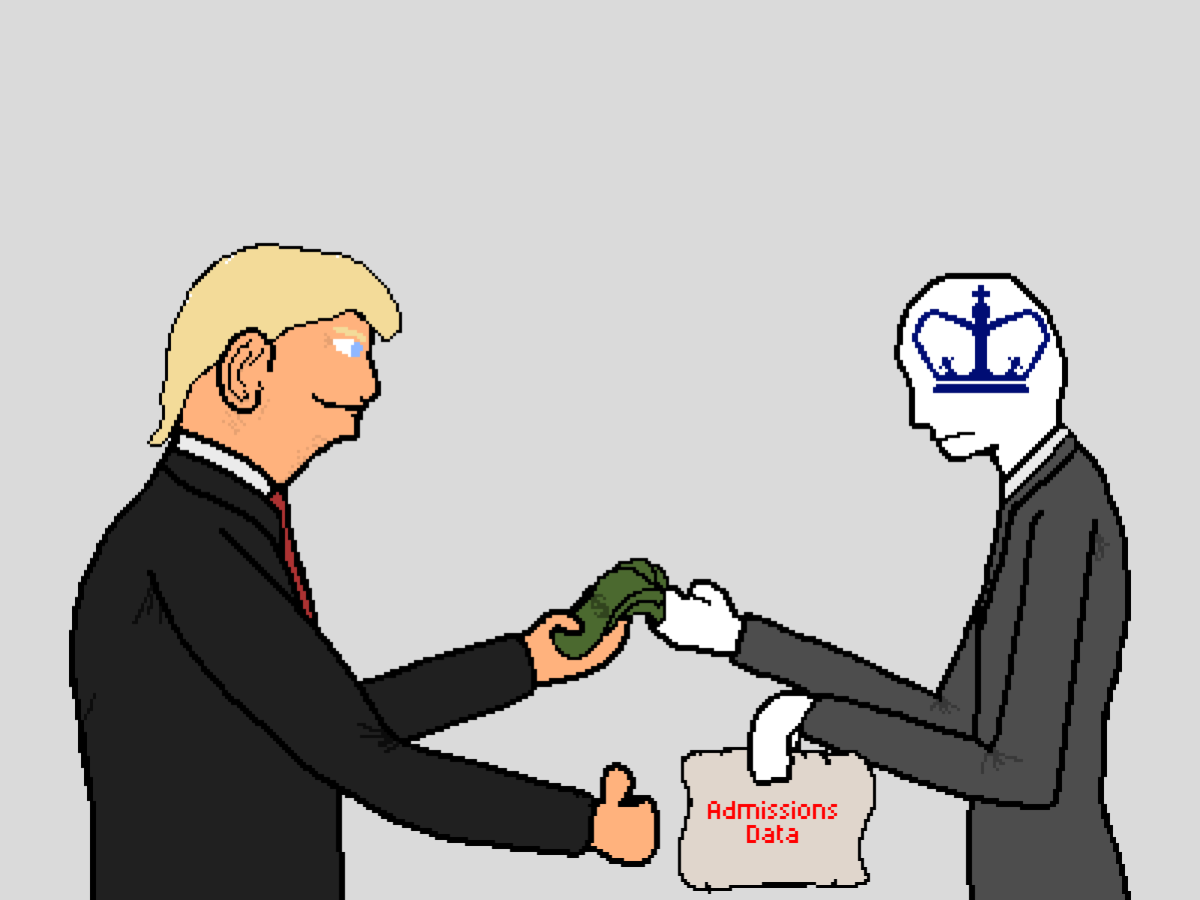The state of Hawaii proposed a worthy initiative of implementing a tourism tax on visitors. Travelers who visit the island would be charged a flat fee of $25 upon checking into hotels or other short-term rentals. The meager fee that Hawaii proposes would not deter visitors from choosing to vacation in the Aloha State.
Hawaii remained a popular tourist destination with millions of visitors flocking to the islands each year. The state proposed such an initiative in an attempt to protect its natural resources such as famed beaches, forests, parks, waterfalls and more that are often the hotspots for tourists.
The islands have also recently been affected by wildfires, which the revenue from the tourism tax will go toward preventing.
John Green, the governor of Hawaii, estimates that the $25 fee will accumulate around $68 million in revenue annually. The money will be allocated to different preservation projects, disaster prevention programs and disaster insurance to aid with rebuilding in high-risk areas.
If passed, Hawaii’s tourist tax would be the United States’ first environmental visitor’s fee, leading as an example of natural resource preservation and environmental protection.
“It’s a very small price to pay to preserve paradise,” said Green.
Last year, the wildfires in Lahaina claimed the lives of at least 100 people and caused damages estimated at $6 billion. The state of Hawaii is stretched thin with the different preservation projects and resources that go into maintaining the beauty of the islands.
Moreover, it has become increasingly difficult for Hawaii to find the funds to support both tourism projects and environmental concerns. The proposed fee would alleviate some of these concerns by bringing in an alternate form of revenue.
Green’s proposal to protect the islands is not an uncommon practice for popular travel destinations. Other places that implement a climate tax include Bali, Greece, Palau and New Zealand. The prices for each fee vary between $1 to $100 with Greece sitting on the low end of the spectrum and Palau implementing the highest tax.
This specific tourist tax was not the only proposal for protecting the environment and advocating for awareness surrounding climate change that was considered by the state of Hawaii and Green’s administration.
For example, the state previously considered increasing its transient accommodation tax, which is a surcharge paid on temporary lodging, despite having one of the most expensive hotel rates in the nation.
As tourist preferences change, Hawaii has noticed a difference in activity choices. For example, golf used to be a popular activity among tourists, but has now been replaced with a vested interest in outdoor activities. As a result, the state is under more pressure to keep the forests protected and the islands pristine.
Another idea proposed is that tourists pay a fee for a license to enter state parks, forests, hiking trails and paths within.
The Aloha State has made careful considerations with the proposal and the impact it will have on rates of tourism and on the appeal of the destination. Despite the taxes, Hawaii will remain a top tourist destination with an annual influx of millions of visitors and millions in revenue attached to them.









